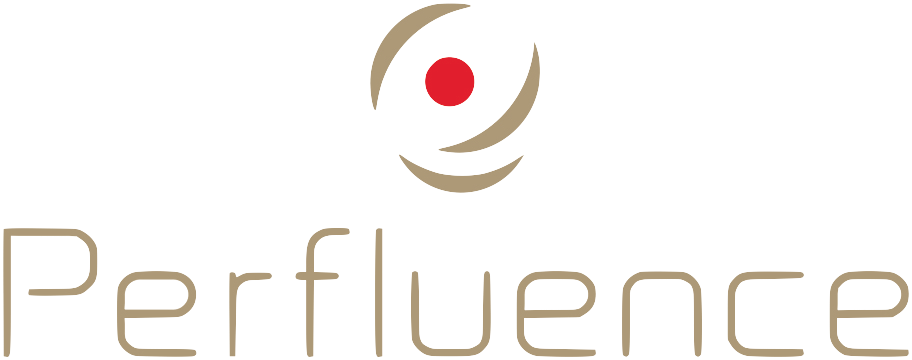It's been two decades since I read the following statement from a Swiss salesman: “I do not sell anything to people. I just talk to them until they want to buy”.
At that time, he had already understood that selling is not about closing techniques and objection handling but about holding “value-adding conversations” with potential clients. The major change since then is that salesman now have to engage these conversations with buyers that are extremely busy. They rather talk as little as possible and act as much as possible.
When is a conversation value adding?
For a seller (or an Key Account Manager) to add value to a sales conversation he/she should talk:
a) about the right subject
b) at the right moment
c) to the right person
This powerful combination will enable the buyer to make an informed decision.
The conundrum is to figure out who the right person to talk to is, what the right subject to talk about is and when it is the right moment to talk. The short answer is that relationship intelligence, among other things, is a key method to helping you solve this enigma. However, relationship intelligence is not just desk research, it is to a great extent gained through interactions (conversations) with people. Therefore, we use the same vehicle (the conversation) for a dual purpose: to gather relationship intelligence as well as getting a person to make an informed decision. While the value of the conversation is usually obvious to the sellers, it is less so to the prospect. For conversations geared towards relationship intelligence gathering, the problem is even more acute.
Solving the conundrum: make the most of value-adding conversations
A clear understanding of the intended purpose of a conversation is paramount. Is it primarily focused on triggering decisions directly in order to get the sales campaign moving forward? Or is it more about relationship intelligence gathering? While we might enter a conversation with a particular purpose in mind, we also have to be prepared when the subject (and/or purpose) of the conversation shifts.
Let’s assume a seller has found out about an event which is triggering an urgent need within a prospective customer organization. This increases the likelihood that the moment is right to talk about the subject of the trigger event. From the seller’s knowledge of the customer’s organization, he/she also can infer which person is most likely to be concerned about this event. The seller might be confident enough to expect, that the conversation held with this person will directly advance the sales campaign.
However, in the early phases of a campaign, while dealing with a customer organization we do not know very well, there is also a high chance that our assumption will not be correct. In that case, the purpose of the conversation has to shift from advancing the sales campaign to gathering relationship intelligence. During the conversation, the seller might come to the conclusion that although it is the right moment and the right subject for the organization, he/she is not talking to the right person.
The objective then shifts to getting the prospect to come forward with the name of the person in the customer organization who might be more concerned by the sales opportunity. By being agile and subtle, the seller can still get value out of the conversation. Yet there is an equally important question: Where is the added value for anyone helping us gather relationship intelligence? We will answer this in the following part.
Where is the added value for anyone helping us gather relationship intelligence?
When looking at our current scenario, here are at least two thoughts on why the conversation might also be valuable for the person the seller is talking to:.
Getting the right for first refusal to tackle the subject.
Fostering ones own image in the organization by referring a potential solution provider to someone more concerned about the subject.
A prerequisite for these possible outcomes is obviously that the seller was able to build trust with the prospect. These are the social skills that grease the wheels of a good sales conversation.
How to profit from this discussion?
You can have more productive conversations with your customers if you
Enter conversations with the right mindset.,
Define a primary and a secondary objective for the conversation.
Remain vigilant and agile enough to switch objectives according how the conversation develops.
Christian Maurer

